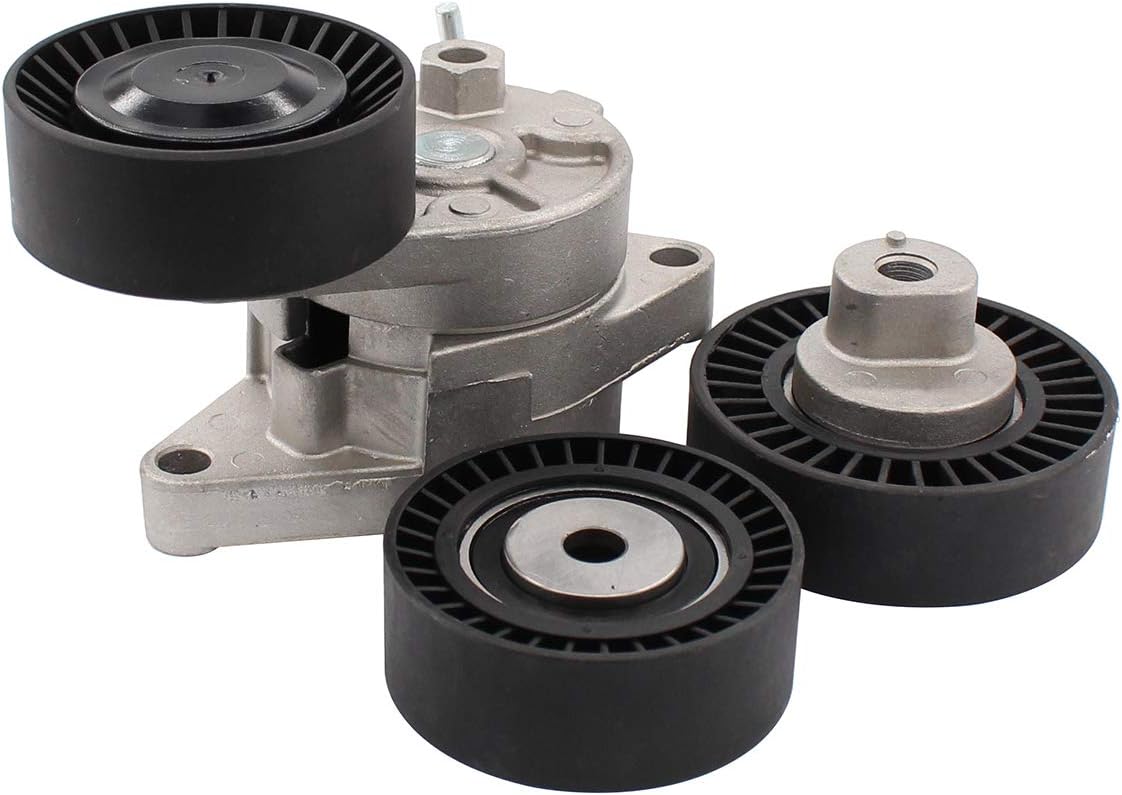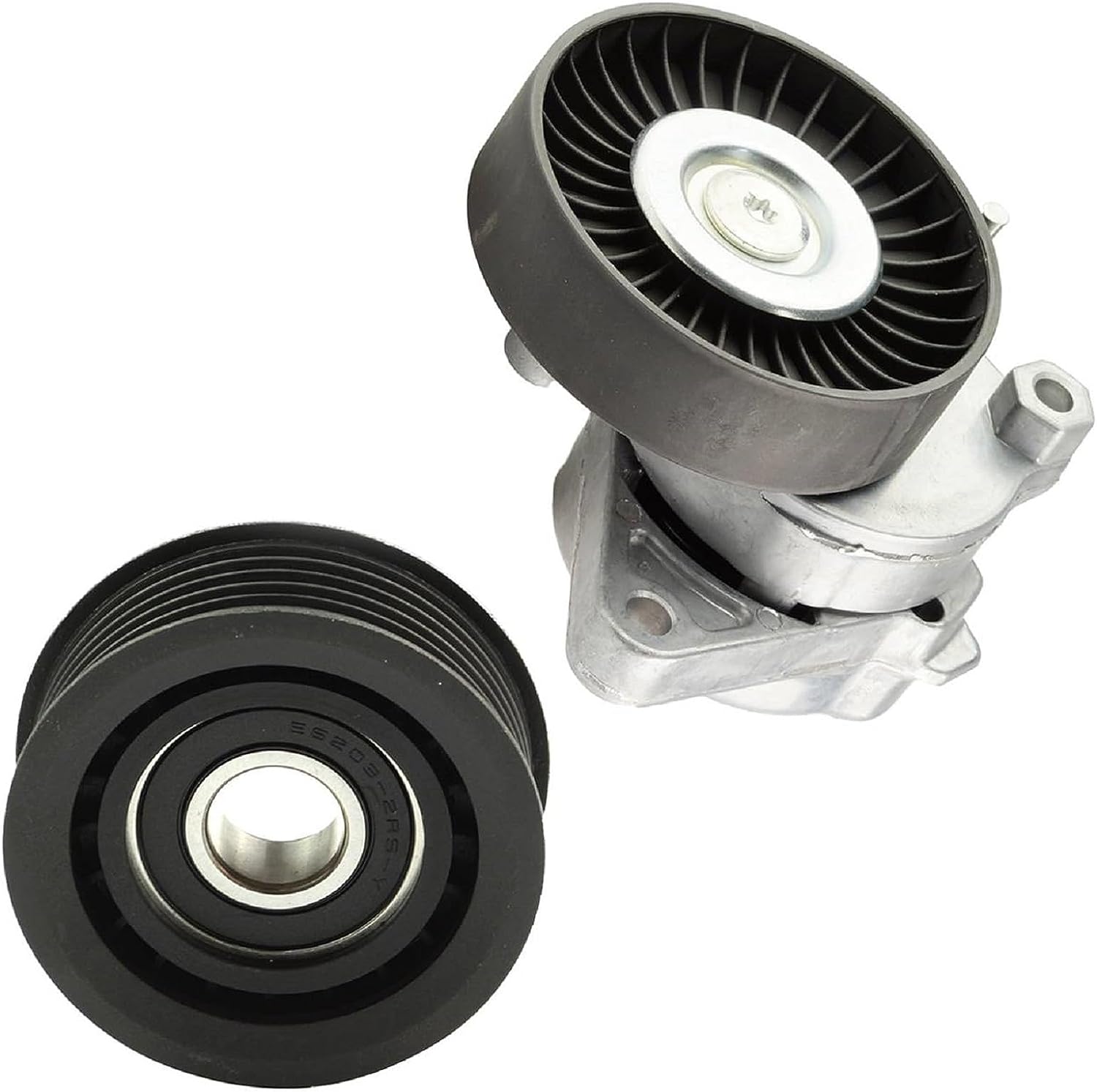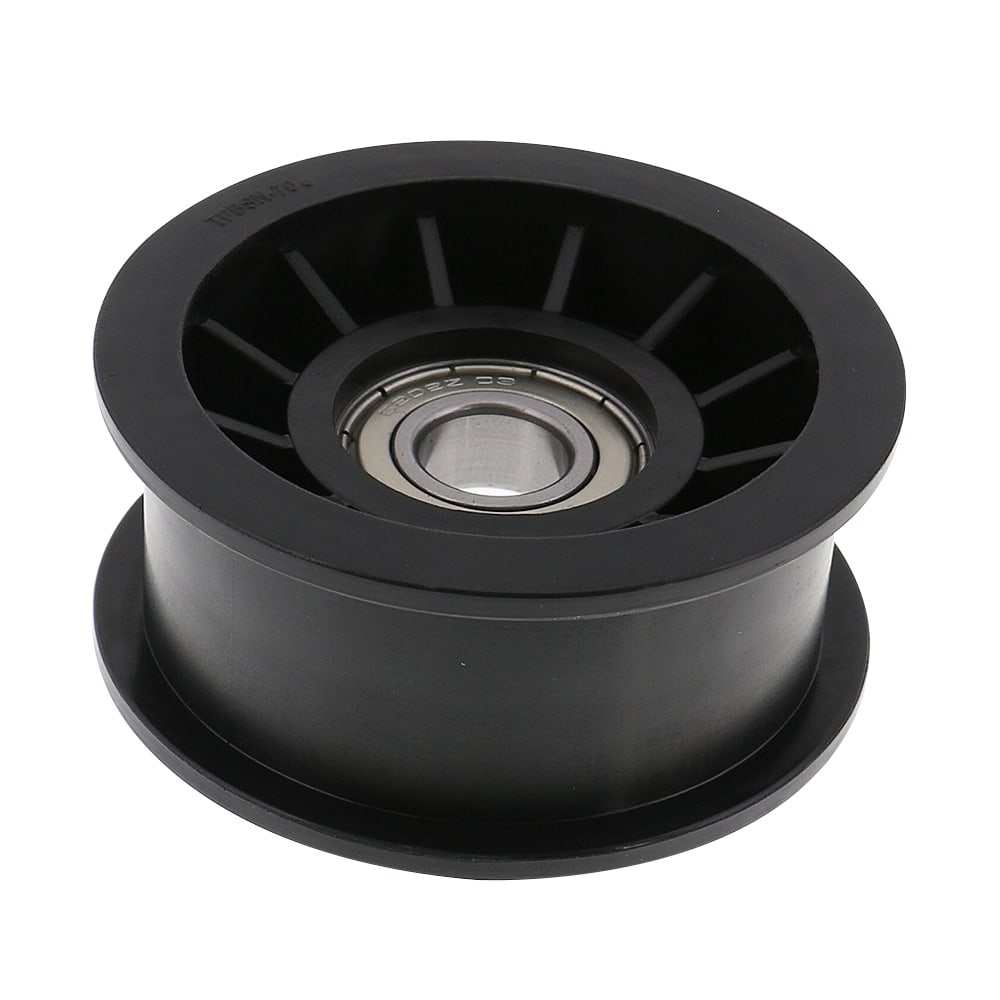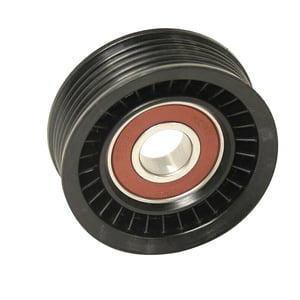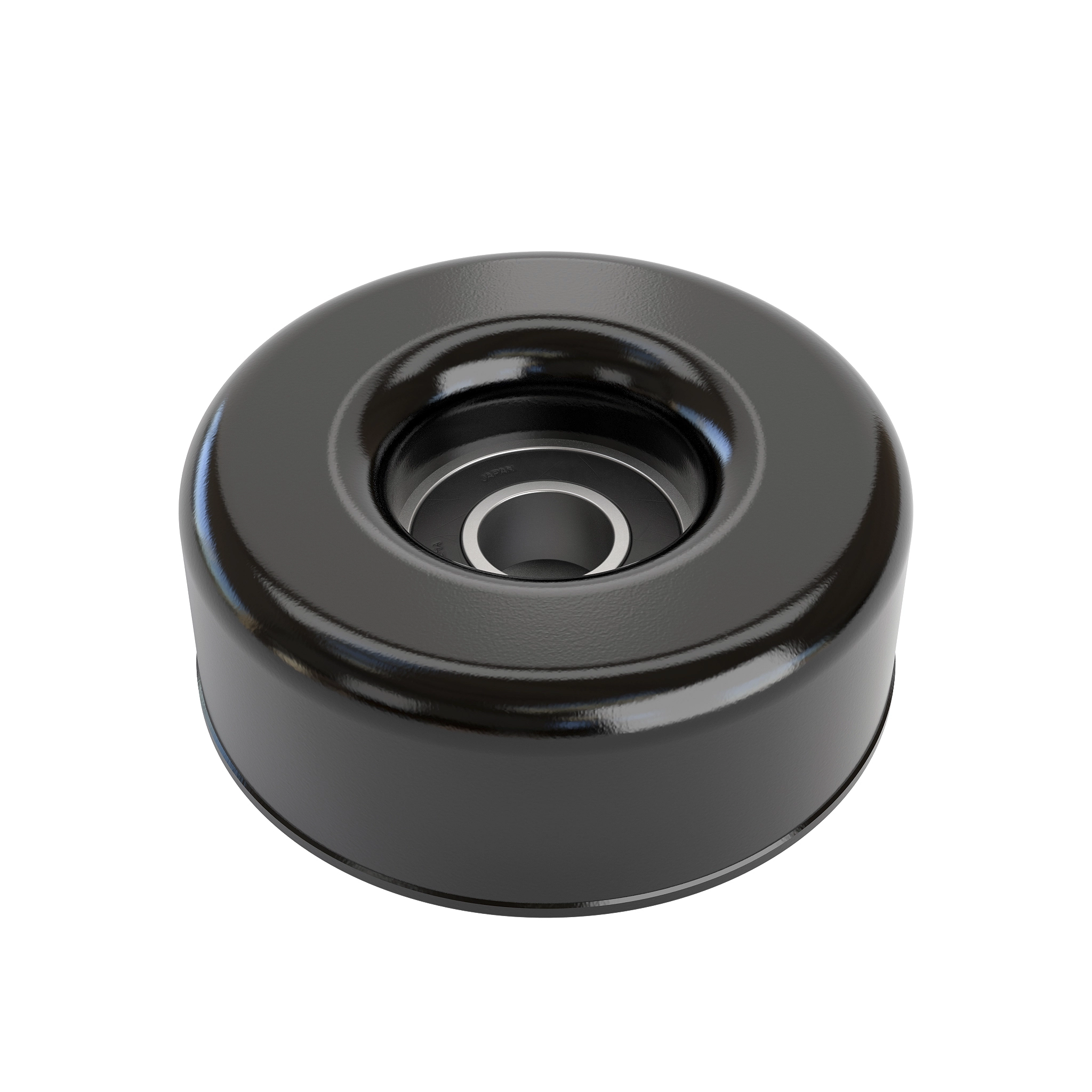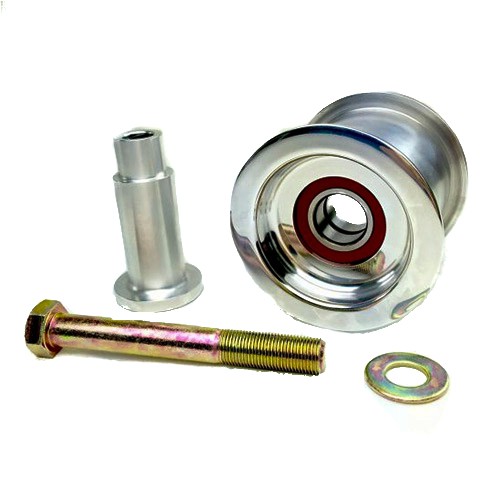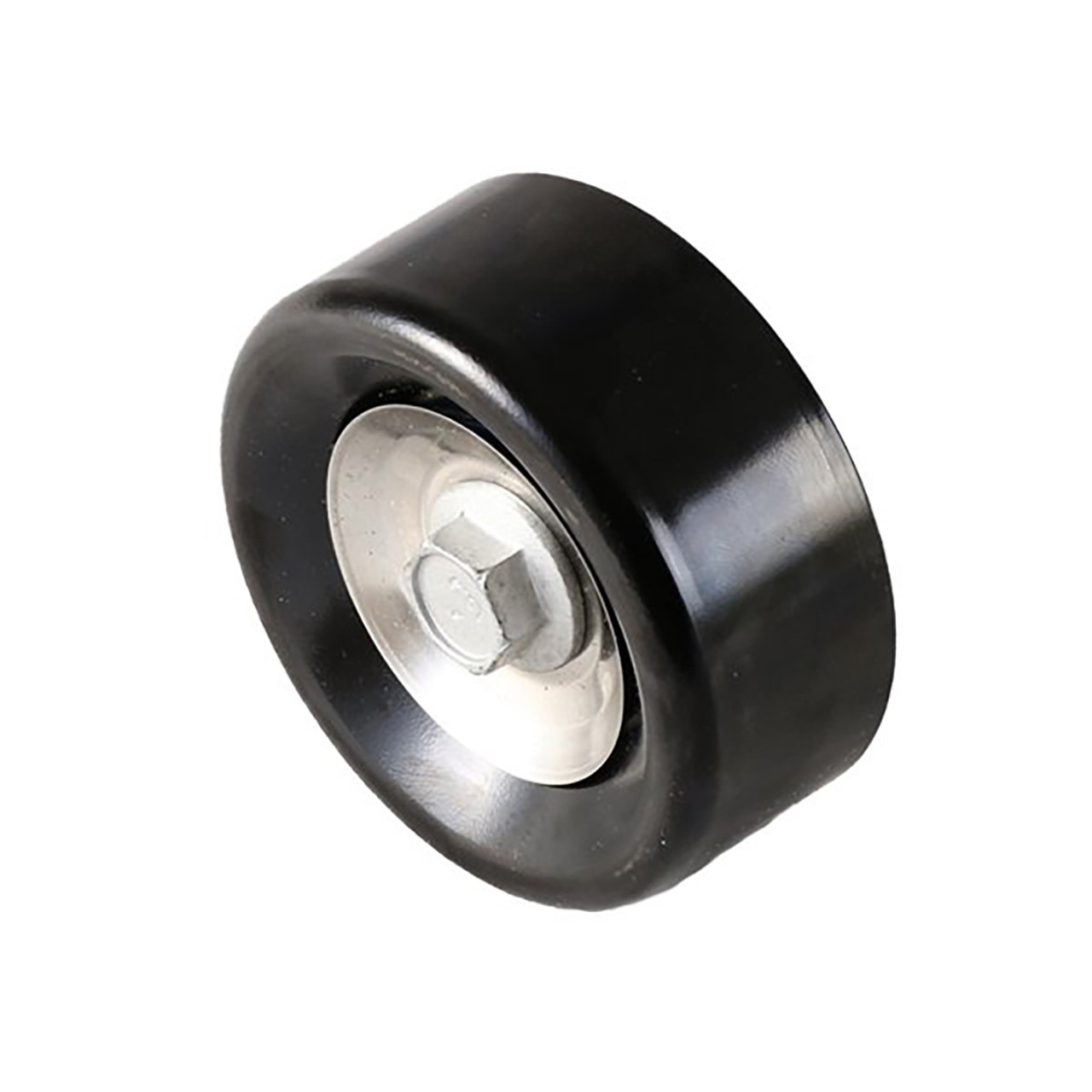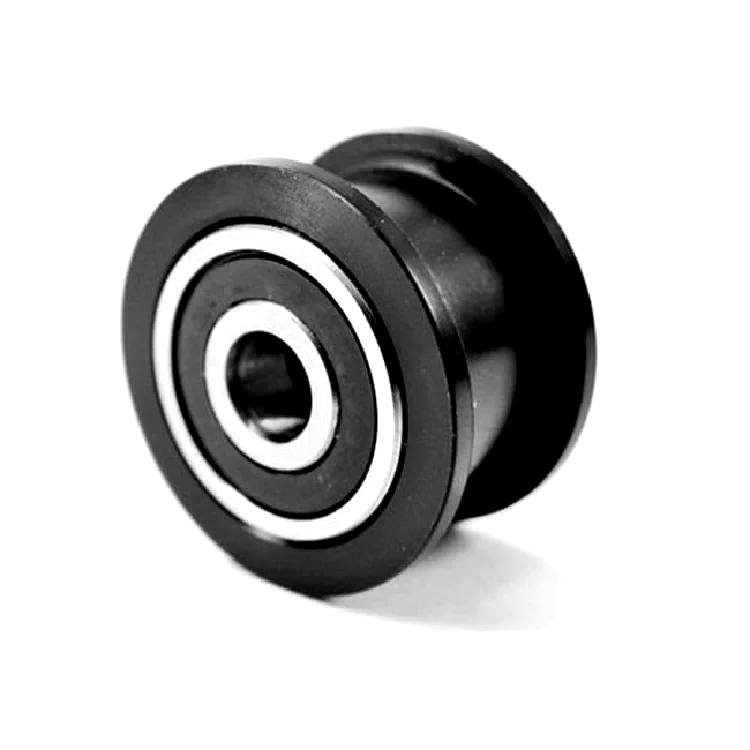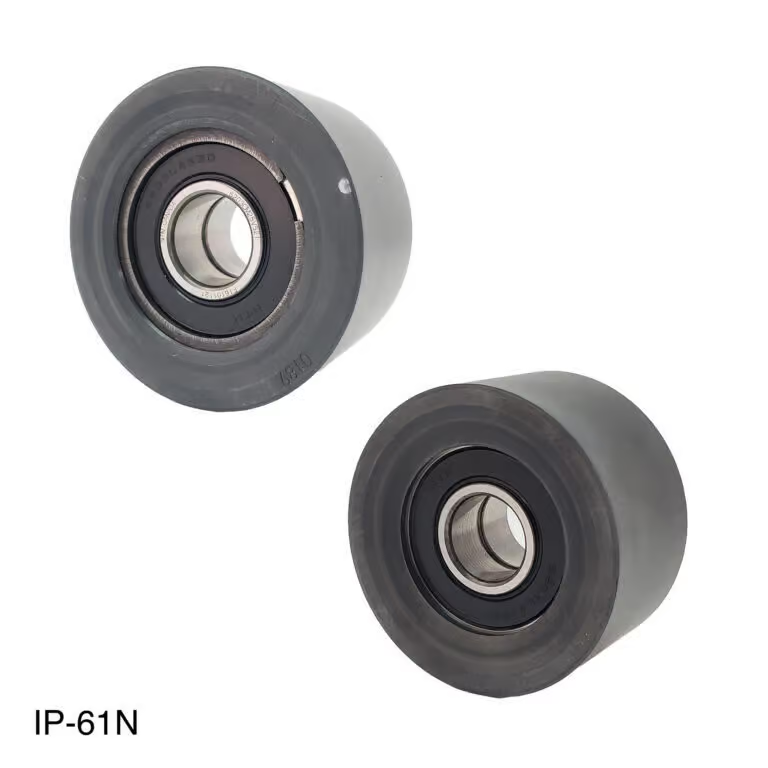Product Description
Cable Pulley Ceramic Pulley Wheel Wire Cable Pulley
Cable pulley wheels, wire cable pulley, flanged cable pulley, plastic cable pulley, nylon cable pulley.
Flanged ceramic roller, Wire guide pulleys (ceramic pulleys) is commonly used component when wire passing is required, it can be used in coil winding machine, cable machine and the textile machinery as well. The porcelain ring is mounted on the bearing, Coil winding wire guide pulley(wire roller) will rotate by the thread and wire passing on the surface of the ring. Thus the sliding friction has been converted to the static friction.
But at the start and stop, in order to overcome the inertia, there will be a partial sliding friction. The surface Polish degree of the porcelain ring reaches Ra0.2; The beating during rotation is under 0.15. We select the 99% Al2O3 as the material with the hardness of HRA88 and the density of 3.85…Two nylon side walls have been put to the both side of the ceramic ring and the bearing, coil winding wire guide pulley (wire roller) combines 1 wire roller
Cable pulley wheels, wire cable pulley, flanged cable pulley, plastic cable pulley, nylon cable pulley.
| Specification table of wire roller | |||||
| Modle No | A((mm) | B(mm) | C(mm) | D(mm) | E(mm) |
| HCR001-B03 | 20 | 15 | 3 | 4.8 | 3 |
| HCR002-B04 | 28.7 | 20 | 4 | 6.4 | 4 |
| HCR003-B03 | 30.4 | 15 | 3 | 10 | 3 |
| HCR004-B04 | 40 | 20 | 4 | 15 | 3 |
| HCR045-B04 | 45 | 4 | |||
| HCR045-B05 | 5 | ||||
| HCR045-B06 | 6 | ||||
| HCR005-B05 | 54.5 | 30 | 5 | 10 | 6 |
| HCR005-B06 | 6 | ||||
| HCR005-B07 | 7 | ||||
| HCR005-B08 | 8 | ||||
| HCR006-B07 | 60 | 40 | 7 | 13 | 7 |
| HCR006-B08 | 8 | ||||
| HCR006-B10 | 10 | ||||
| HCR006-B12 | 12 | ||||
| HCR007-B05 | 60 | 30 | 5 | 18 | 6 |
| HCR007-B06 | 6 | ||||
| HCR007-B07 | 7 | ||||
| HCR007-B08 | 8 | ||||
| HCR008-B10 | 79.2 | 50 | 10 | 15 | 9 |
| HCR009-B07 | 80.5 | 40 | 7 | 25 | 7 |
| HCR009-B08 | 8 | ||||
| HCR571-B10 | 99.3 | 50 | 10 | 29.5 | 9 |
/* January 22, 2571 19:08:37 */!function(){function s(e,r){var a,o={};try{e&&e.split(“,”).forEach(function(e,t){e&&(a=e.match(/(.*?):(.*)$/))&&1
| Logo Printing: | Without Logo Printing |
|---|---|
| Size: | Small |
| Customized: | Non-Customized |
| Type: | Precision translational head |
| Material: | Ceramic |
| Certification: | ISO 9001:2008, ISO 9001:2000 |
| Customization: |
Available
| Customized Request |
|---|
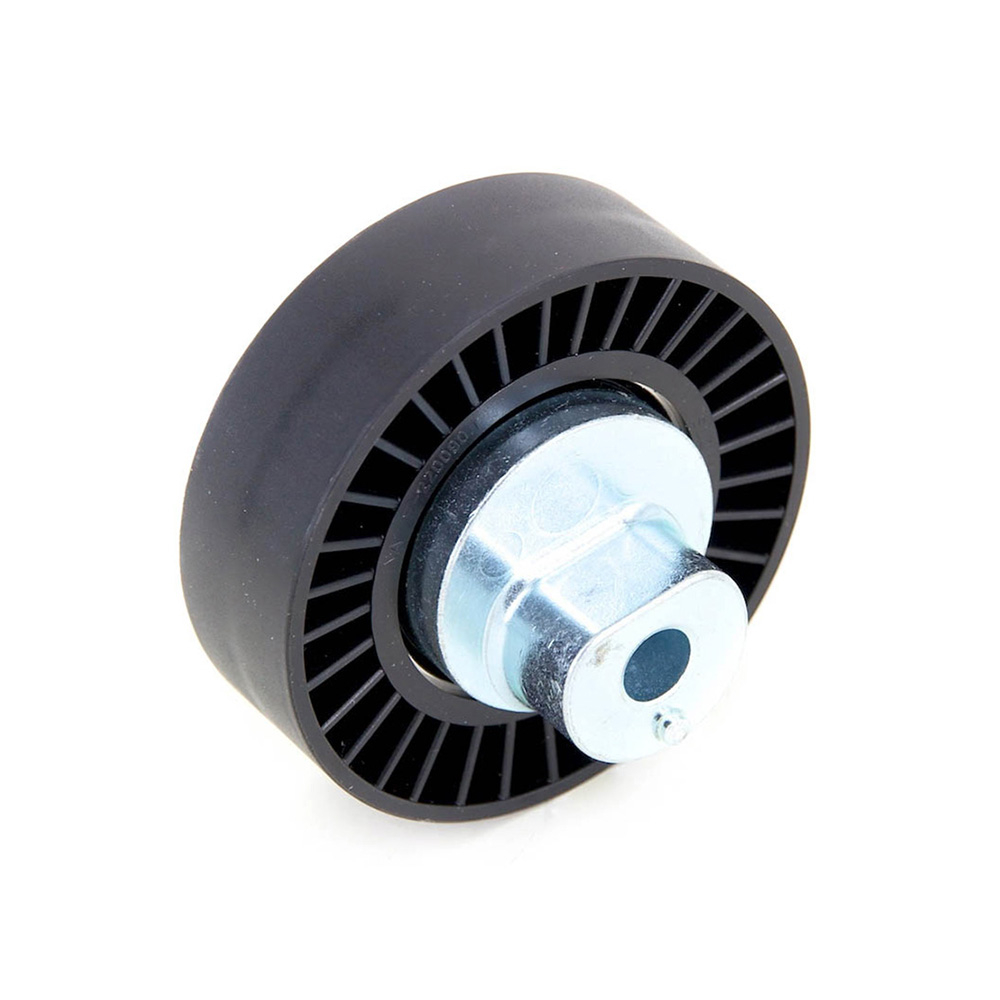
How do idler pulleys enhance the efficiency and longevity of machinery and equipment?
Idler pulleys play a crucial role in enhancing the efficiency and longevity of machinery and equipment in several ways:
1. Belt Tension and Alignment:
Idler pulleys help maintain proper tension and alignment of belts in belt-driven systems. By applying the right amount of tension, idler pulleys prevent belt slippage and ensure efficient power transmission. Proper alignment reduces wear on belts and other components, minimizing energy losses and extending the lifespan of the equipment.
2. Reduced Bearing Load:
Idler pulleys distribute the load on the belt, reducing the load on the bearings of other rotating components. This helps prevent premature bearing failure and extends the life of bearings, reducing maintenance requirements and downtime.
3. Vibration Damping:
Idler pulleys can absorb and dampen vibrations that occur during operation. By reducing vibrations, idler pulleys minimize stress on the belt and other components, improving overall system performance and reducing the risk of component failure.
4. Belt Span Length:
Idler pulleys enable longer belt spans, which can reduce the number of required pulleys and overall system complexity. Longer belt spans provide smoother power transmission, minimize the number of potential failure points, and improve overall system efficiency.
5. Load Distribution:
Idler pulleys help distribute the load evenly across the belt, ensuring that no single section of the belt is subjected to excessive stress. This balanced load distribution reduces the risk of belt stretching, premature wear, and failures, contributing to improved equipment longevity.
6. Belt Wrap Angle:
By adjusting the position and angle of idler pulleys, the wrap angle of the belt can be optimized. A larger wrap angle increases the grip between the belt and pulleys, improving power transmission efficiency and reducing the risk of slipping.
7. Tension Control:
Idler pulleys allow for convenient tension control in belt-driven systems. By adjusting the position or tension of the idler pulley, the tension on the belt can be fine-tuned to match the specific requirements of the machinery, optimizing performance and reducing wear.
Overall, idler pulleys contribute to the efficiency and longevity of machinery and equipment by ensuring proper belt tension, reducing bearing load, damping vibrations, enabling longer belt spans, distributing loads evenly, optimizing belt wrap angles, and providing tension control. By incorporating idler pulleys into belt-driven systems, manufacturers can improve system reliability, reduce maintenance costs, and extend the lifespan of their equipment.
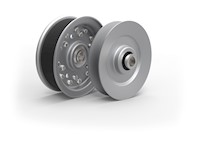
Are there different types of idler pulleys, and how do they vary in applications?
Yes, there are different types of idler pulleys that vary in design and application. Here’s a detailed explanation of the various types of idler pulleys and how they differ in their applications:
1. Flat Belt Idler Pulleys:
Flat belt idler pulleys have a flat surface and are commonly used in applications where flat belts are used for power transmission. They are typically used in industrial machinery, conveyor systems, and agricultural equipment. Flat belt idler pulleys come in various diameters and are designed to guide and support the flat belt, ensuring proper tension and alignment.
2. V-Belt Idler Pulleys:
V-belt idler pulleys are designed specifically for V-belt drives, which are widely used in automotive and industrial applications. These pulleys have a V-shaped groove that matches the cross-section of the V-belts, ensuring proper engagement and power transmission. V-belt idler pulleys are used in automotive engines, HVAC systems, and various industrial machinery.
3. Timing Belt Idler Pulleys:
Timing belt idler pulleys are used in applications where timing belts are employed for synchronous power transmission. These pulleys have specially designed teeth or grooves that mate with the teeth on the timing belt, allowing precise motion control and synchronization. Timing belt idler pulleys are commonly found in automotive engines, CNC machines, robotics, and other precision machinery.
4. Chain Idler Pulleys:
Chain idler pulleys are used in systems that utilize chains for power transmission. These pulleys have grooves or teeth that match the profile of the chain, providing proper engagement and tension. Chain idler pulleys are commonly employed in bicycles, motorcycles, industrial machinery, and conveyor systems using roller chains or timing chains.
5. Tensioner Pulleys:
Tensioner pulleys are a specialized type of idler pulleys designed specifically for maintaining proper tension in automotive accessory drive systems. They are often used in conjunction with serpentine belts or multi-ribbed belts. Tensioner pulleys incorporate a spring-loaded mechanism that automatically adjusts the tension of the belt. These pulleys are critical for reliable operation and proper belt tension in automotive engines.
6. Specialty Idler Pulleys:
In addition to the commonly used idler pulleys mentioned above, there are various specialty idler pulleys designed for specific applications. These may include idler pulleys with unique shapes, sizes, or specialized features to meet the requirements of specific industries or equipment. Specialty idler pulleys can be found in applications such as printing presses, textile machinery, packaging equipment, and more.
The choice of idler pulley type depends on the specific application requirements, such as the type of belt or chain used, power transmission needs, space constraints, and environmental factors. Proper selection of the appropriate idler pulley ensures optimal performance, reliable power transmission, and extended system lifespan.
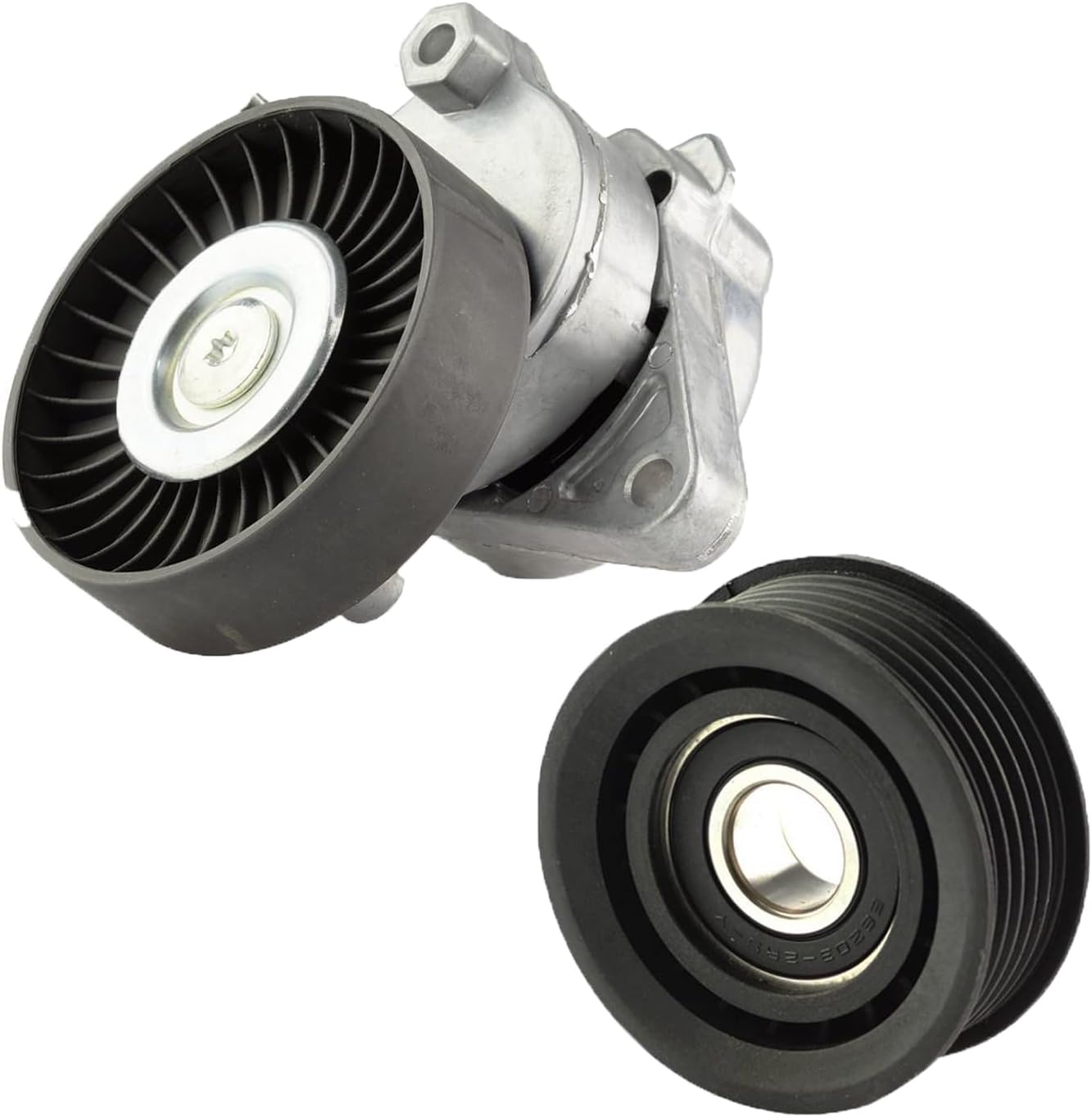
How does the size and diameter of an idler pulley affect its performance?
The size and diameter of an idler pulley play a significant role in determining its performance characteristics. Here’s a detailed explanation of how the size and diameter of an idler pulley affect its performance:
1. Tension and Belt Engagement:
The size and diameter of an idler pulley impact the tension and engagement of the belt. A larger idler pulley will create more belt wrap around its circumference, resulting in increased belt contact and improved grip. This helps to maintain proper tension in the belt and prevent slippage, especially in high-torque applications. Conversely, a smaller idler pulley may have less belt wrap, leading to reduced grip and potentially lower tension.
2. Belt Speed:
The size and diameter of an idler pulley affect the speed at which the belt travels. A larger idler pulley will cover a greater distance per revolution, resulting in a higher belt speed. This can be advantageous in applications where increased speed is desired. Conversely, a smaller idler pulley will cover a shorter distance per revolution, leading to a slower belt speed.
3. Belt Flexibility:
The size and diameter of an idler pulley impact the flexibility of the belt. A larger idler pulley allows for a larger bend radius, reducing the stress on the belt and improving its durability. It also minimizes the risk of excessive bending or flexing that could lead to premature wear or failure. In contrast, a smaller idler pulley may require the belt to bend more sharply, potentially increasing the risk of damage or wear.
4. System Clearance:
The size and diameter of an idler pulley affect the overall clearance in the mechanical system. In tight spaces or constrained environments, a smaller idler pulley may be preferred, as it requires less clearance. Conversely, a larger idler pulley may require additional space to accommodate its size.
5. Load Distribution:
The size and diameter of an idler pulley impact its ability to distribute the load across the belt. A larger idler pulley can distribute the load over a larger surface area, reducing the stress on the belt and other components. It helps to minimize wear and prolong the life of the system. On the other hand, a smaller idler pulley concentrates the load on a smaller area, potentially increasing the risk of localized wear or failure.
6. Bearing Life and Friction:
The size and diameter of an idler pulley influence the bearing life and friction within the system. Larger idler pulleys typically have larger bearings, which can handle higher loads and exhibit improved durability. They also tend to generate lower friction, leading to reduced heat and wear. In contrast, smaller idler pulleys may have smaller bearings that may have limitations in terms of load capacity and friction.
It’s important to note that the specific requirements for size and diameter of an idler pulley will depend on the application and the intended function within the mechanical system. Factors such as belt type, load requirements, speed, and space constraints should be considered when selecting the appropriate size and diameter of an idler pulley for optimal performance.


editor by CX
2024-05-17
